Home>Home Appliances>Home Automation Appliances>What Temperature To Set Thermostat In Spring
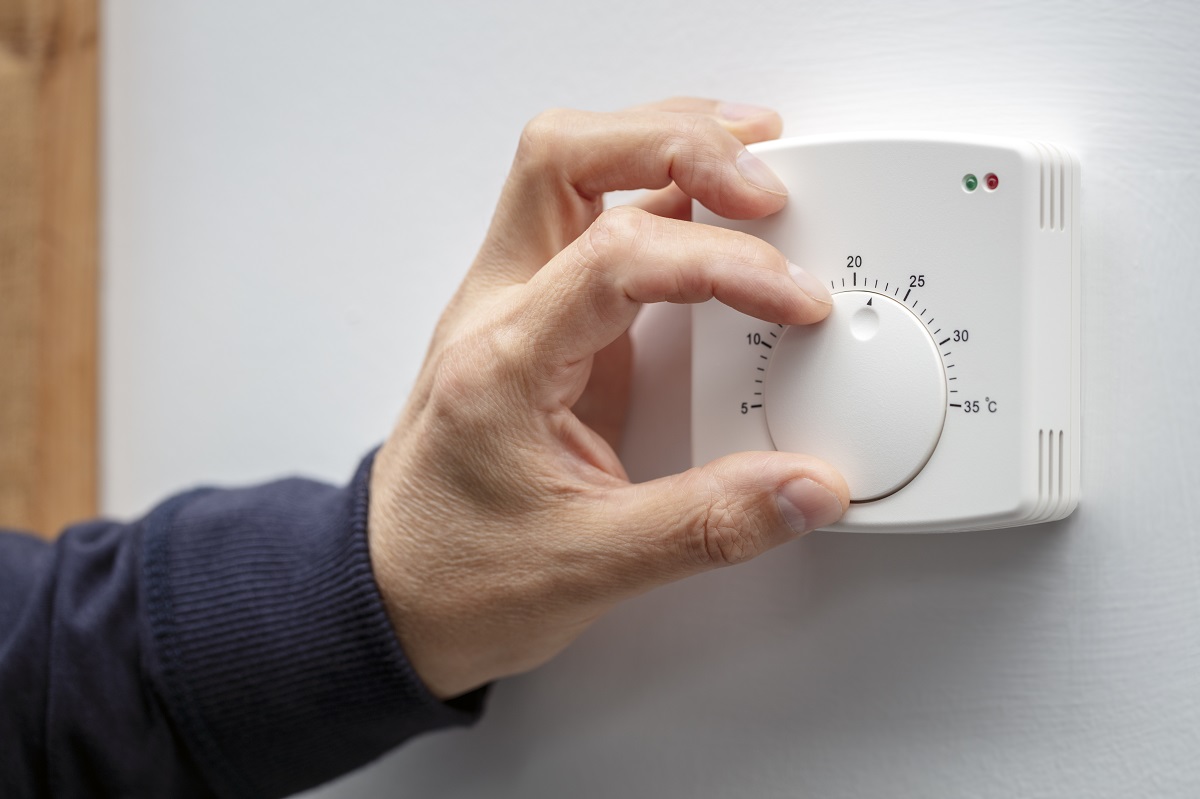

Home Automation Appliances
What Temperature To Set Thermostat In Spring
Modified: January 4, 2024
Find the ideal thermostat temperature for spring with our home automation appliances. Keep your home comfortable and energy-efficient. Discover the best settings today!
(Many of the links in this article redirect to a specific reviewed product. Your purchase of these products through affiliate links helps to generate commission for Storables.com, at no extra cost. Learn more)
Introduction
As the chilly grip of winter loosens its hold and the world awakens to the gentle warmth of spring, it's time to reassess the settings on your thermostat. Finding the ideal temperature to set your thermostat in spring can significantly impact both your comfort and energy bills. Understanding the factors to consider and implementing practical tips can help you strike the perfect balance. In this article, we'll delve into the nuances of thermostat settings for the spring season, providing you with valuable insights to optimize your home's comfort and energy efficiency.
Key Takeaways:
- Find the perfect spring thermostat setting by considering outdoor temperature, humidity, and personal comfort. Aim for 68-72°F when home, and use natural ventilation and lower settings at night for energy savings.
- Optimize your spring thermostat with programmable settings, natural ventilation, and regular maintenance. Embrace natural light, use ceiling fans, and monitor humidity for a comfortable and energy-efficient home.
Factors to Consider
When determining the optimal thermostat setting for the spring season, several factors come into play. Understanding these factors can guide you in making informed decisions that cater to your comfort and energy efficiency needs.
- Outdoor Temperature: The fluctuating outdoor temperatures during spring can influence the indoor climate. Monitoring the outdoor temperature trends can help you adjust your thermostat settings accordingly, ensuring a comfortable indoor environment.
- Humidity Levels: Spring is often characterized by varying humidity levels. High humidity can make indoor spaces feel warmer, while low humidity can lead to a chillier atmosphere. Adjusting your thermostat to account for these fluctuations can enhance your comfort.
- Personal Comfort Preferences: Individual comfort preferences play a crucial role in determining the ideal thermostat setting. Factors such as clothing choices, activity levels, and personal temperature sensitivity should be considered when setting the thermostat.
- Energy Efficiency Goals: Balancing comfort with energy efficiency is a key consideration. Setting your thermostat at an energy-efficient temperature can help reduce utility costs while minimizing environmental impact.
- Occupancy Patterns: Understanding the typical occupancy patterns in your home is essential. Adjusting the thermostat based on occupancy can prevent unnecessary energy consumption when the home is unoccupied.
- Home Insulation: The quality of your home’s insulation can impact the effectiveness of your thermostat settings. Well-insulated homes can maintain temperatures more efficiently, allowing for slightly lower thermostat settings without sacrificing comfort.
By taking these factors into account, you can make well-informed decisions when setting your thermostat for the spring season, ensuring a comfortable and energy-efficient indoor environment.
Ideal Temperature for Spring
Finding the ideal thermostat setting for spring involves striking a balance between comfort and energy efficiency. While individual preferences vary, a recommended starting point is to set the thermostat to around 68 to 72 degrees Fahrenheit (20 to 22 degrees Celsius) when the home is occupied. This range is generally considered comfortable for most individuals while promoting energy conservation.
During the spring, it’s beneficial to take advantage of the milder outdoor temperatures by allowing natural ventilation. Opening windows and using ceiling fans can help regulate indoor temperatures, reducing the reliance on heating and cooling systems. Additionally, leveraging natural daylight to warm up interior spaces can contribute to a more sustainable and cost-effective approach to maintaining indoor comfort.
For nighttime or unoccupied periods, slightly adjusting the thermostat to a cooler temperature, such as around 65 degrees Fahrenheit (18 degrees Celsius), can help conserve energy without compromising comfort. However, personal preferences and considerations such as health conditions and age should be taken into account when determining the most suitable nighttime temperature.
It’s important to note that these temperature recommendations serve as a starting point, and adjustments may be necessary based on individual comfort needs, regional climate variations, and specific household dynamics. Regularly monitoring and fine-tuning your thermostat settings can help optimize comfort and energy efficiency throughout the spring season.
By embracing a balanced approach to thermostat settings and leveraging natural elements, you can create a comfortable and sustainable indoor environment that aligns with the spirit of the rejuvenating spring season.
Set your thermostat to around 68-72°F in the spring to maintain a comfortable indoor temperature while also saving energy. This range can help reduce energy costs and keep your home cozy.
Tips for Setting Thermostat in Spring
Optimizing your thermostat settings for the spring season involves a combination of mindful adjustments and strategic practices. Consider the following tips to achieve an ideal balance of comfort and energy efficiency:
- Utilize Programmable Thermostats: Investing in a programmable thermostat can empower you to preset temperature adjustments based on your daily schedule. This allows for automatic temperature changes during different times of the day, optimizing energy usage without sacrificing comfort.
- Embrace Natural Ventilation: Capitalize on pleasant spring weather by opening windows and allowing fresh air to circulate through your home. This natural ventilation can help regulate indoor temperatures and reduce the need for constant heating or cooling.
- Adjust Thermostat Settings at Night: Lowering the thermostat at night when everyone is asleep can conserve energy. Consider using extra blankets or sleepwear to maintain comfort at slightly cooler nighttime temperatures.
- Maximize Natural Light: Opening curtains and blinds during the day to let natural sunlight warm your home can reduce the reliance on heating systems, contributing to energy savings.
- Regular Maintenance: Ensure that your heating, ventilation, and air conditioning (HVAC) system receives regular maintenance. Clean filters and well-maintained equipment operate more efficiently, promoting optimal comfort and energy conservation.
- Utilize Ceiling Fans: Running ceiling fans in a counterclockwise direction can create a gentle breeze that helps maintain comfortable temperatures and reduce the workload on your cooling system.
- Consider Zoning Systems: If feasible, explore the option of zoning systems that allow you to control temperatures in different areas of your home independently. This can optimize comfort and energy usage based on specific room requirements.
- Monitor Humidity Levels: Invest in a hygrometer to monitor indoor humidity levels. Adjusting your thermostat to accommodate humidity variations can enhance comfort and energy efficiency.
By implementing these tips, you can fine-tune your thermostat settings for the spring season, promoting a comfortable living environment while effectively managing energy consumption. Embracing these practices not only contributes to your well-being but also aligns with sustainable and cost-effective home management.
Conclusion
Setting the thermostat for the spring season involves a delicate balance between ensuring comfort and promoting energy efficiency. By considering factors such as outdoor temperatures, humidity levels, personal preferences, and energy conservation goals, you can make informed decisions to optimize your home’s indoor climate. The recommended temperature range of 68 to 72 degrees Fahrenheit (20 to 22 degrees Celsius) for occupied periods, along with strategic adjustments for unoccupied and nighttime periods, serves as a starting point for achieving a comfortable and sustainable living environment.
Embracing natural elements, such as fresh air and natural light, can complement your thermostat settings, contributing to energy savings and a refreshing indoor ambiance. Additionally, leveraging programmable thermostats, regular maintenance, and zoning systems can further enhance your ability to manage indoor temperatures effectively while minimizing energy consumption.
As you navigate the nuances of thermostat settings for spring, it’s essential to remain mindful of individual comfort needs and household dynamics. Fine-tuning your approach based on these considerations can lead to a personalized and efficient climate control strategy that aligns with the spirit of the season.
By incorporating the provided tips and insights into your thermostat management, you can create a harmonious balance between comfort, energy efficiency, and sustainability. The spring season offers an opportunity to embrace a holistic approach to indoor climate control, fostering a living environment that resonates with the rejuvenating essence of the season.
Ultimately, by implementing these strategies and remaining attentive to your unique comfort requirements, you can cultivate an indoor environment that not only reflects the welcoming warmth of spring but also supports your well-being and environmental consciousness.
Frequently Asked Questions about What Temperature To Set Thermostat In Spring
Was this page helpful?
At Storables.com, we guarantee accurate and reliable information. Our content, validated by Expert Board Contributors, is crafted following stringent Editorial Policies. We're committed to providing you with well-researched, expert-backed insights for all your informational needs.
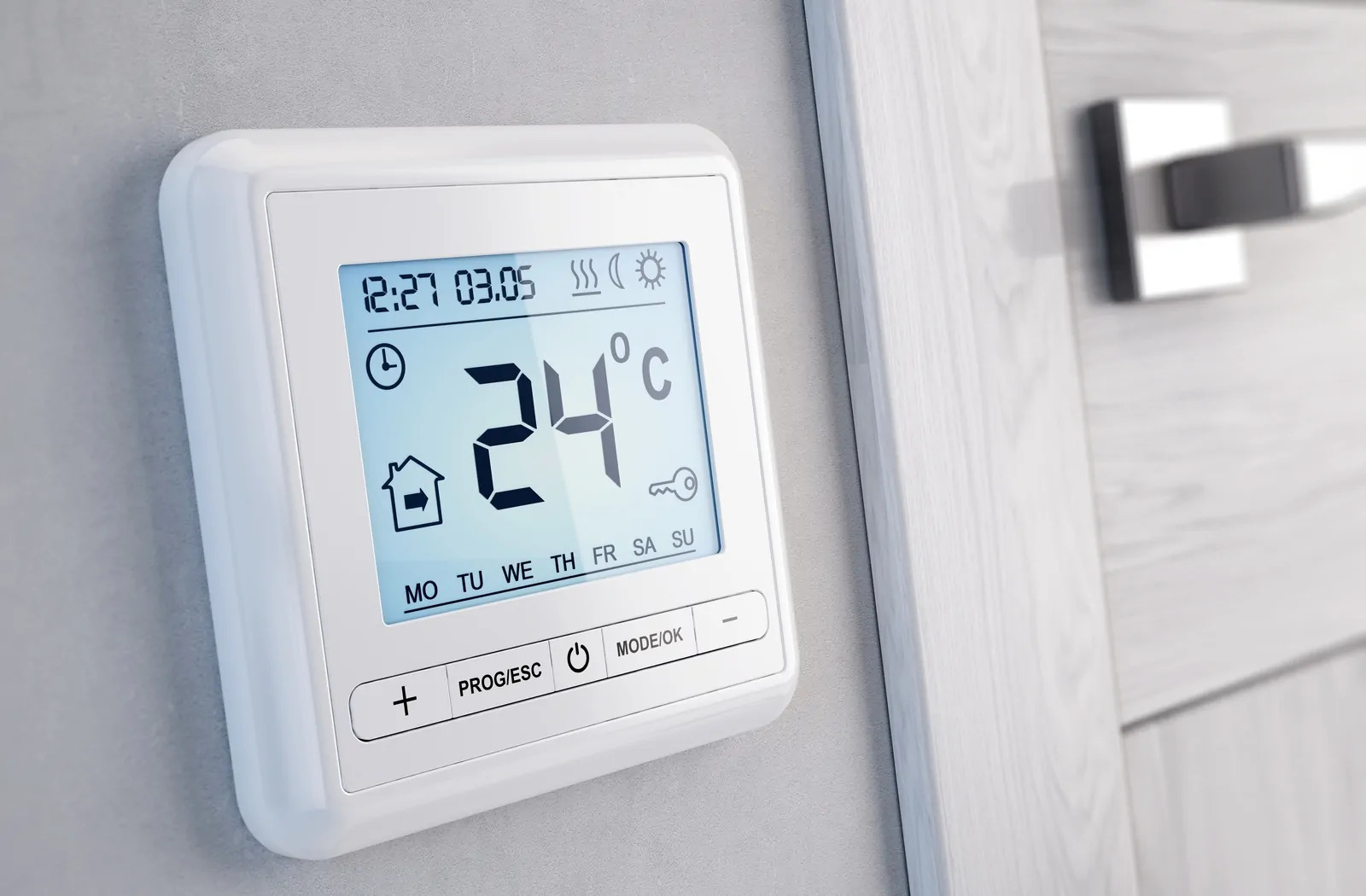
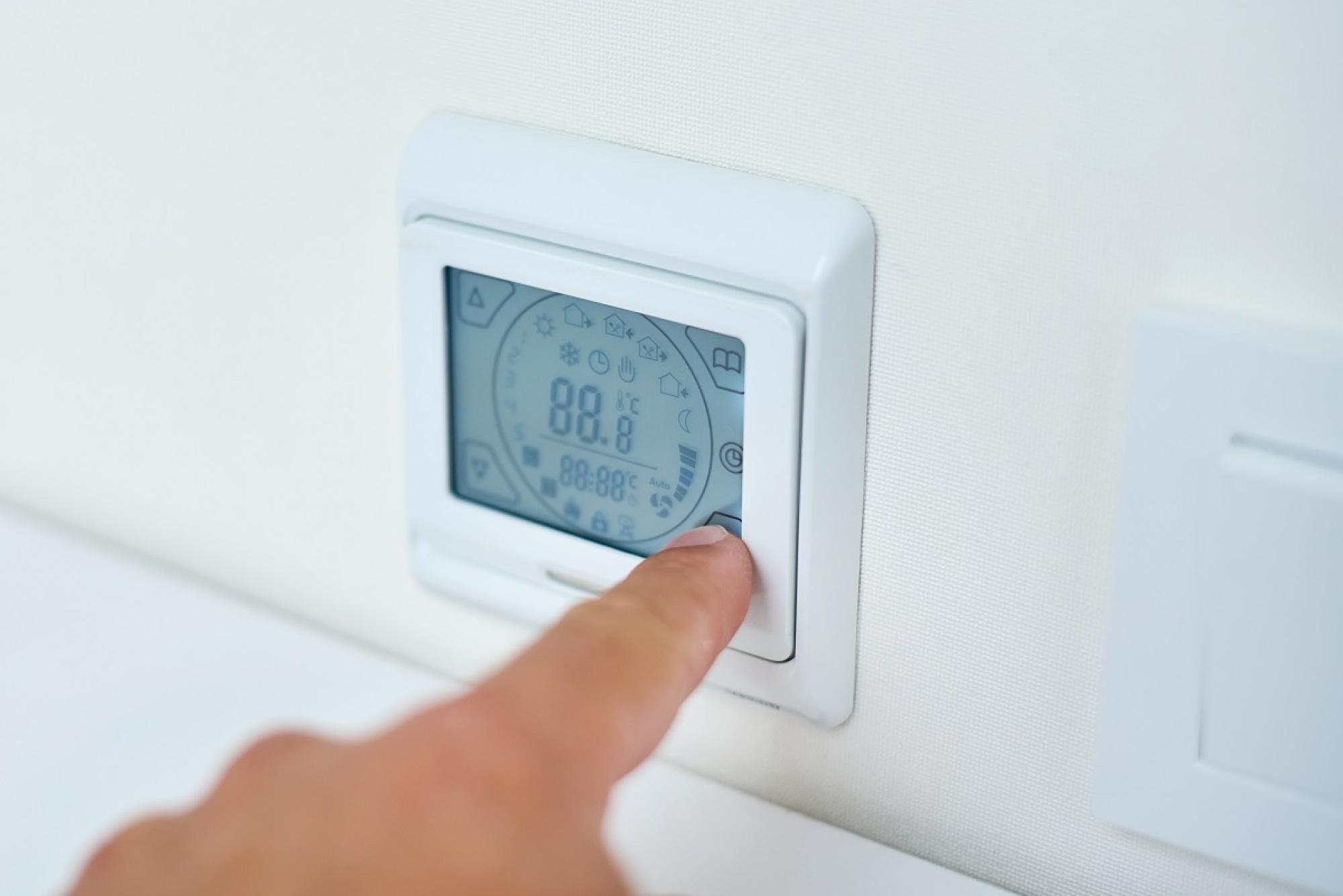

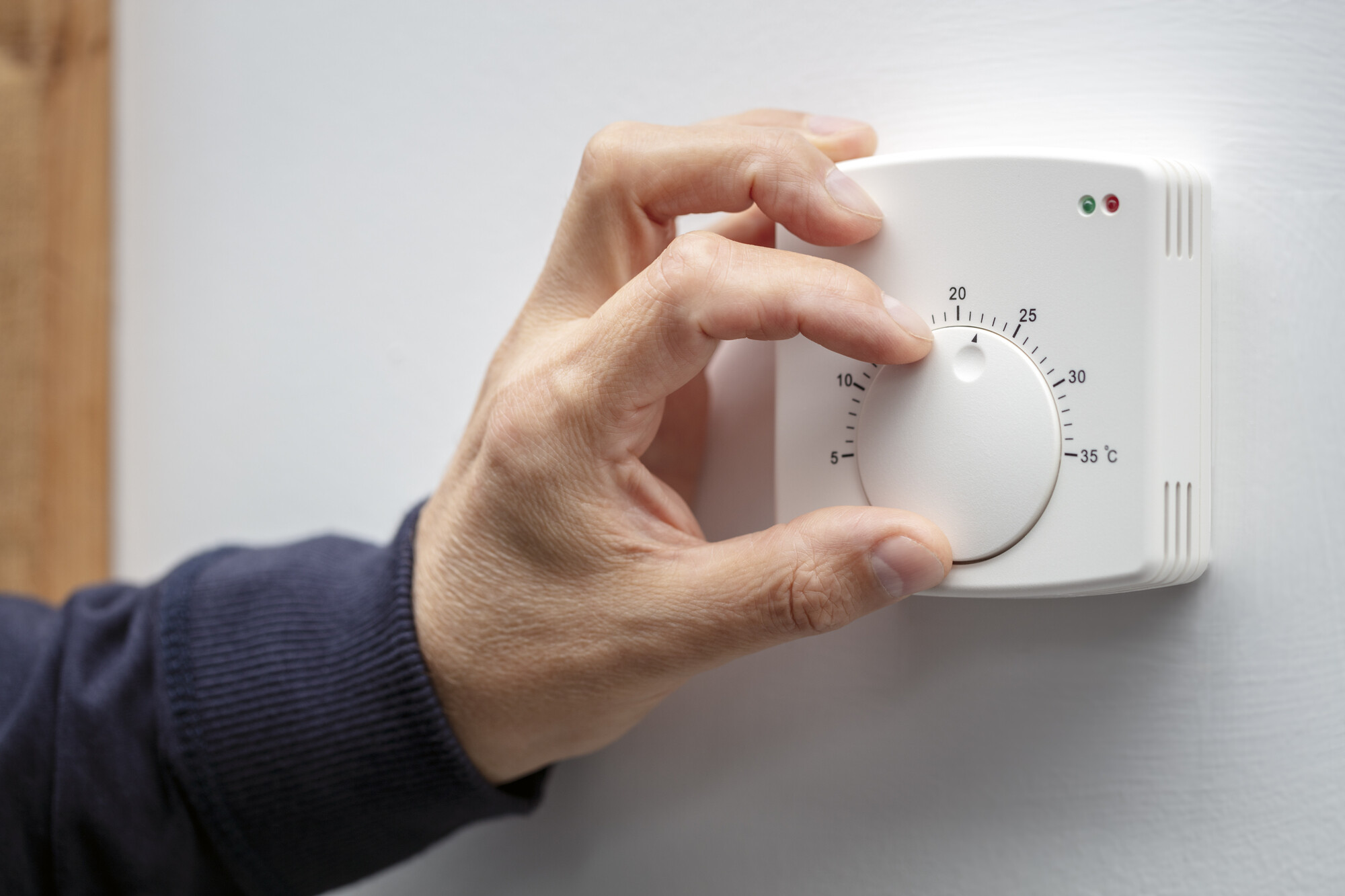

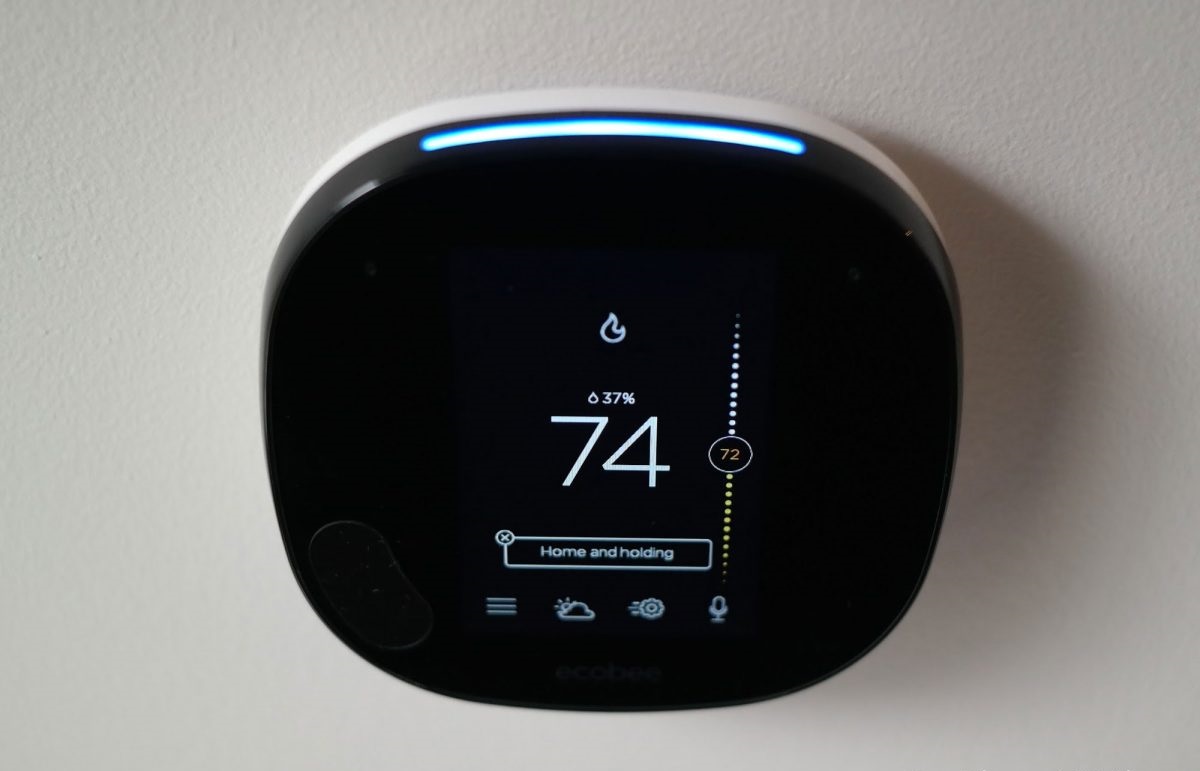
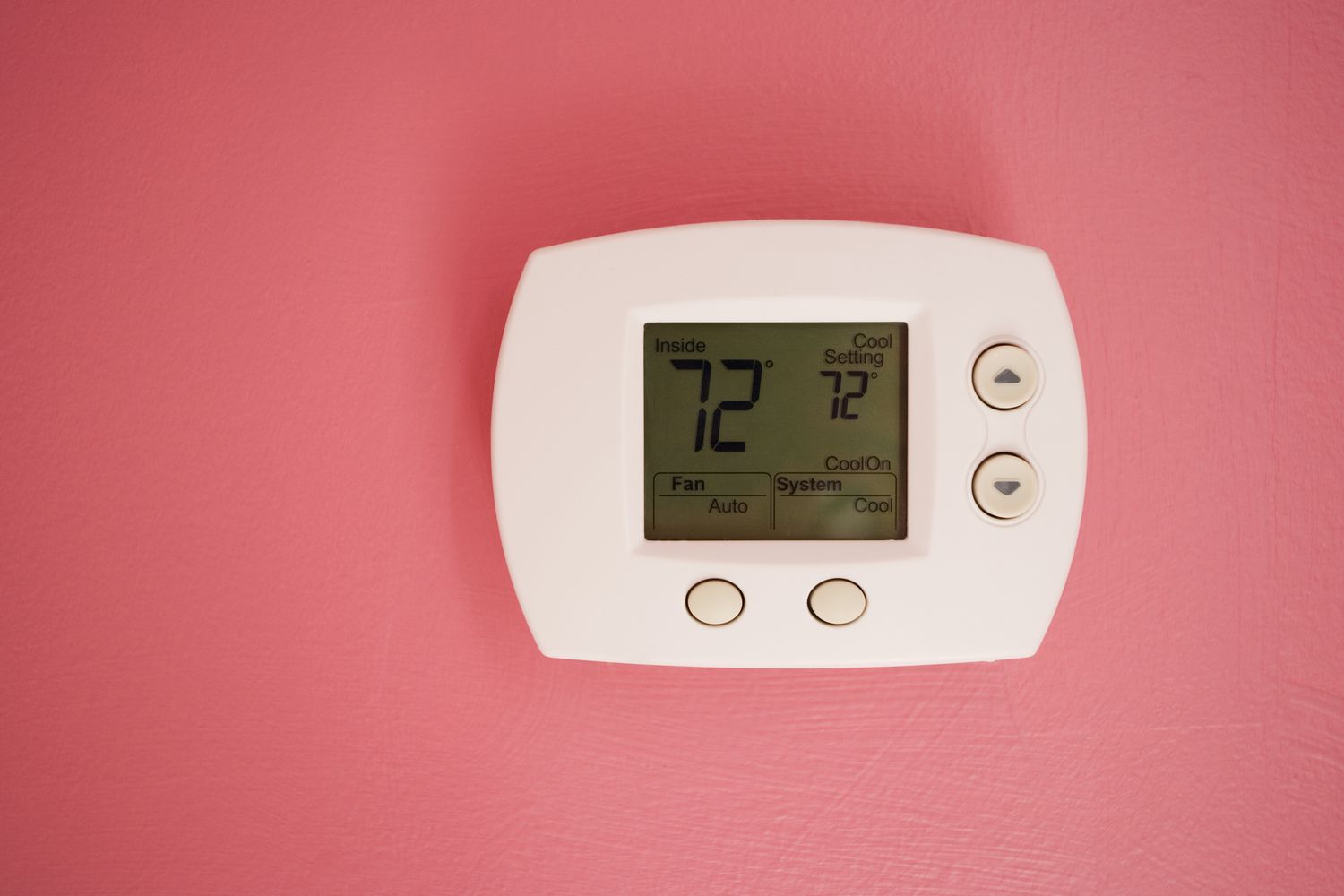
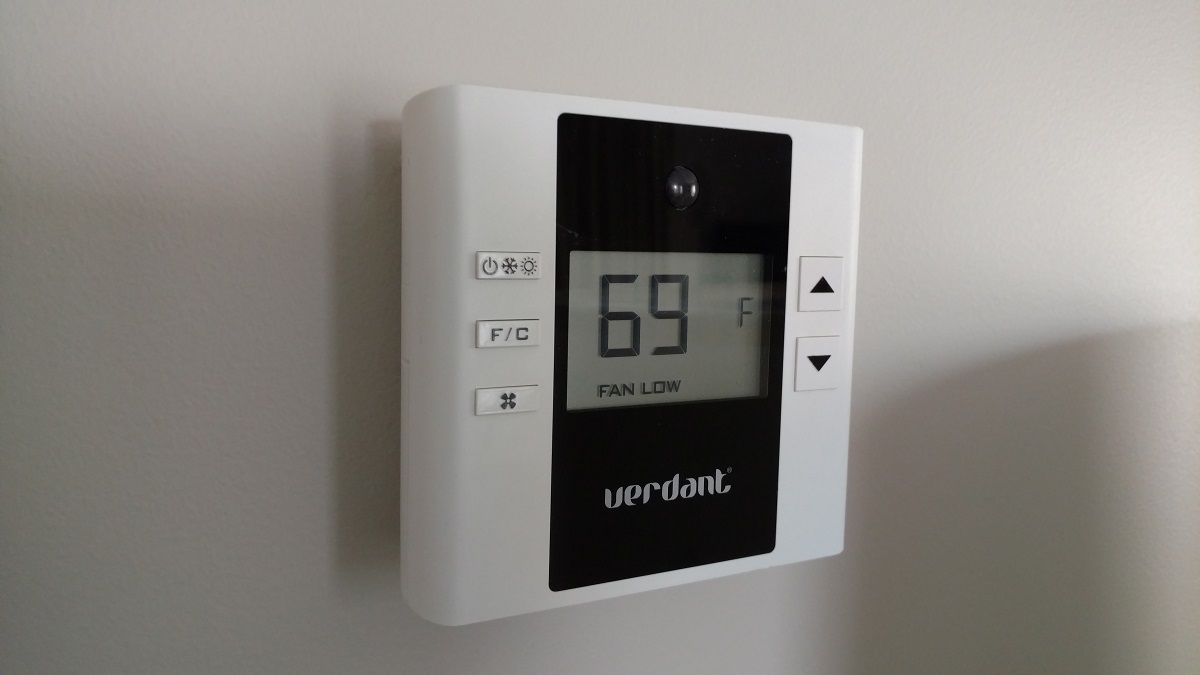

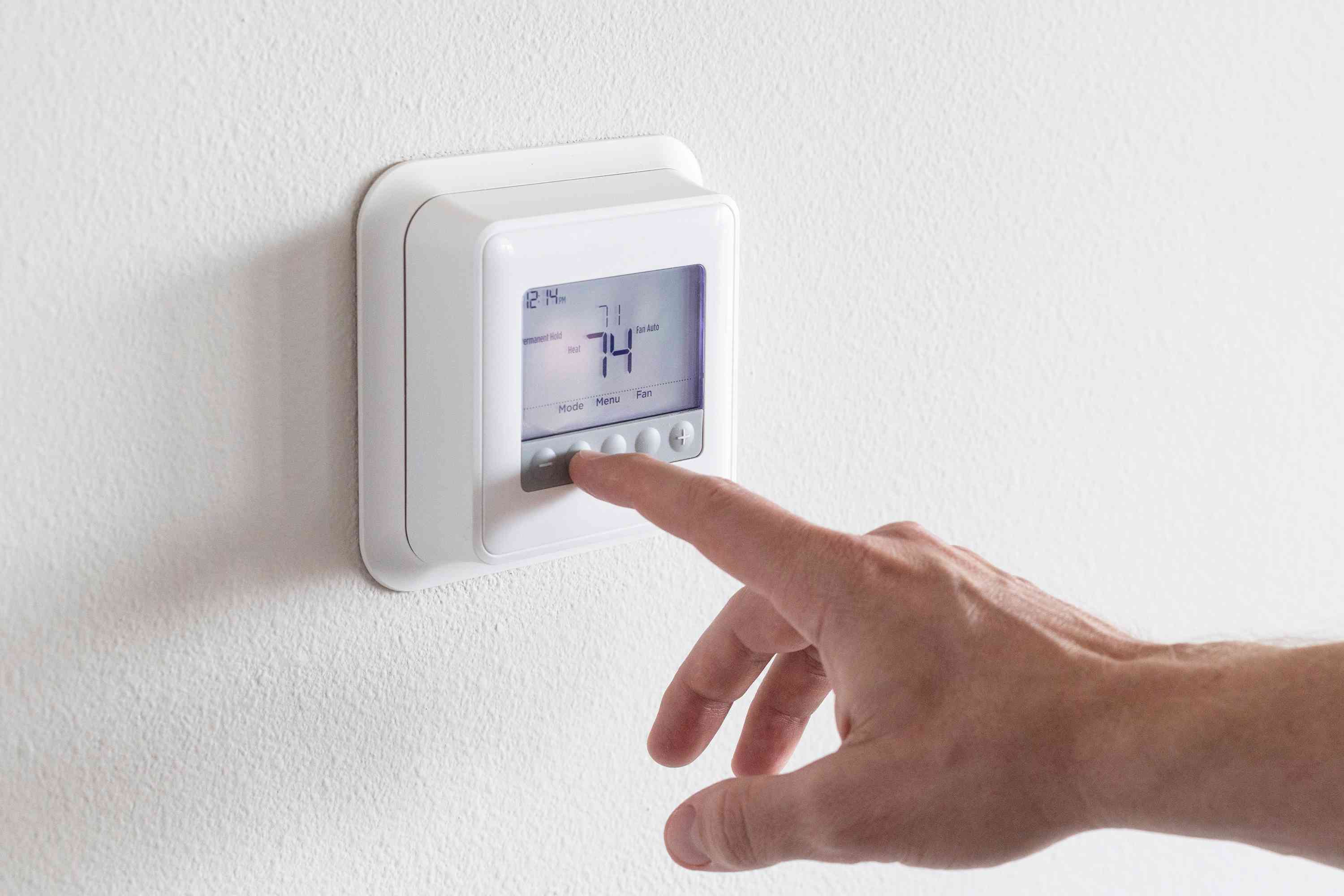
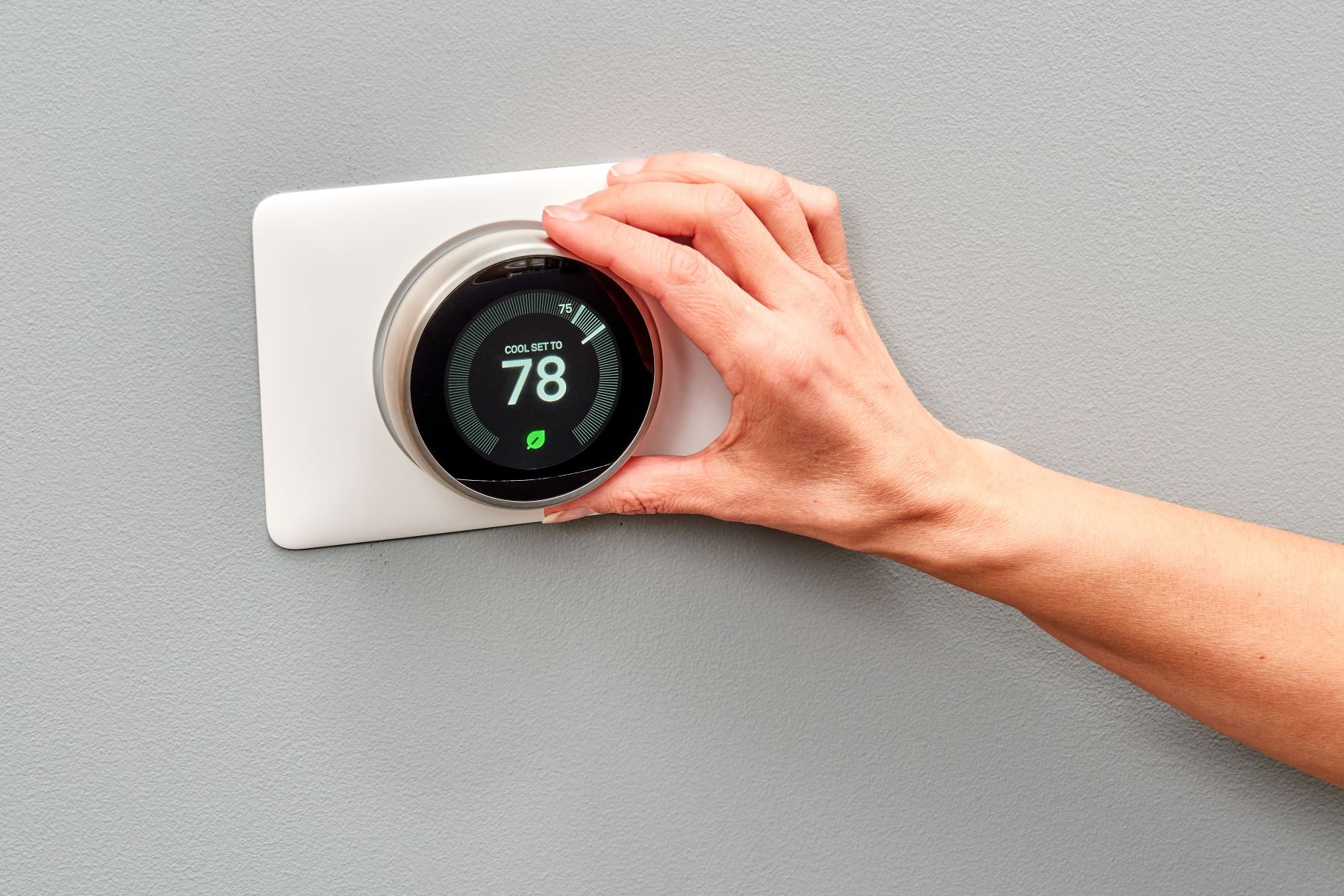


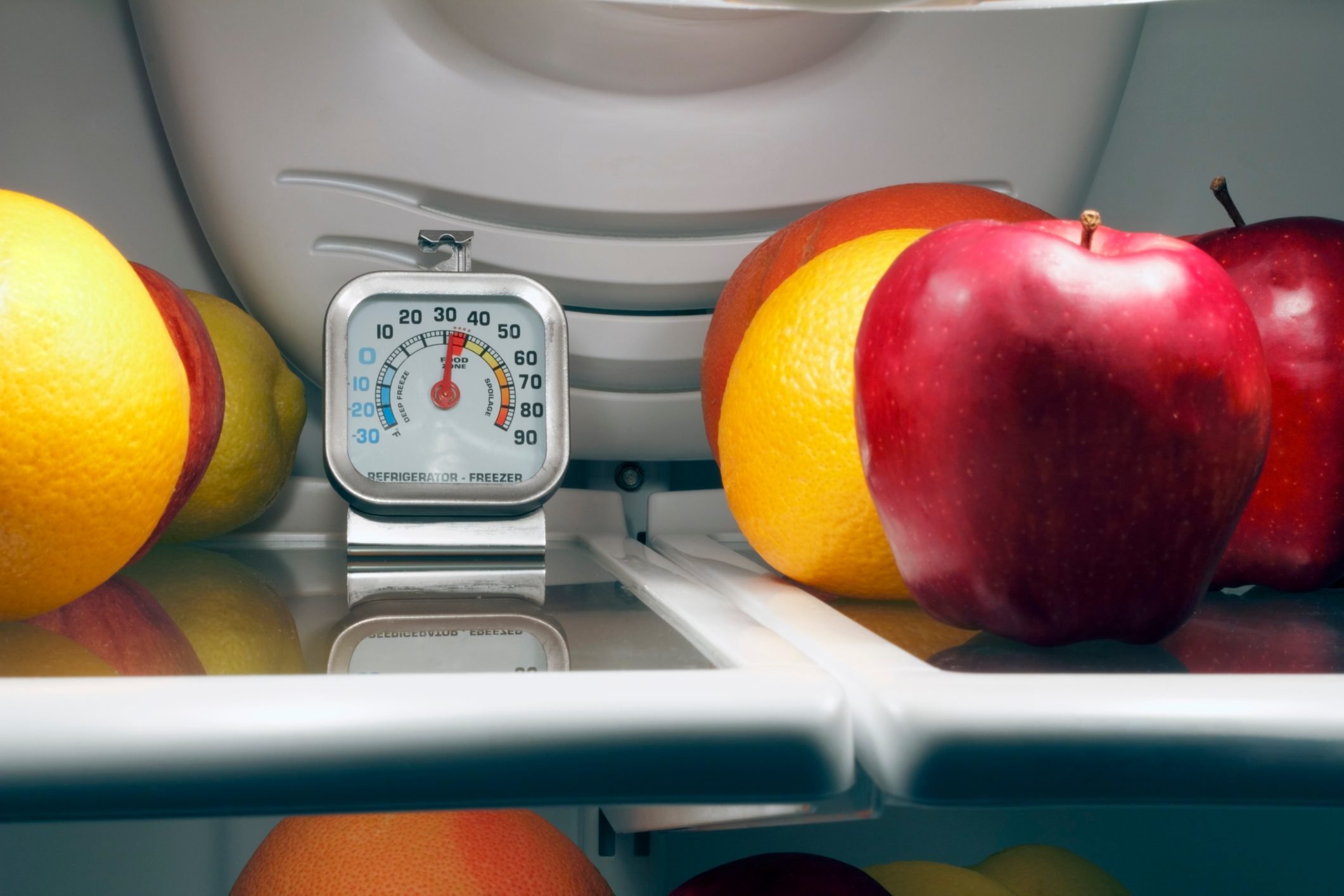
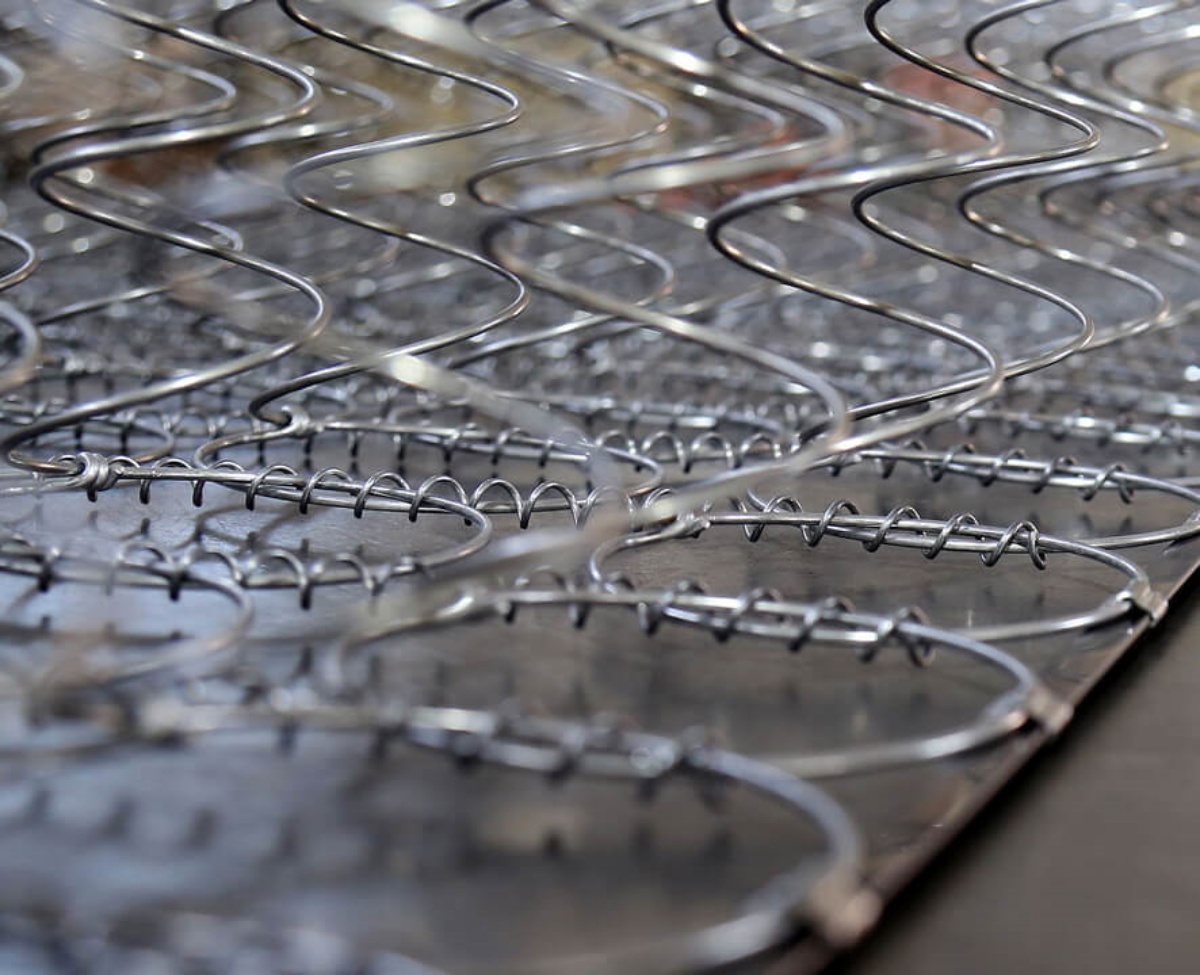

0 thoughts on “What Temperature To Set Thermostat In Spring”